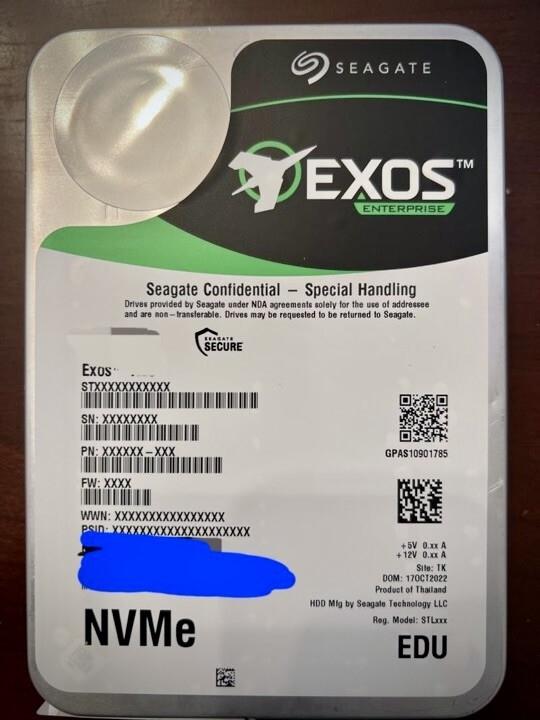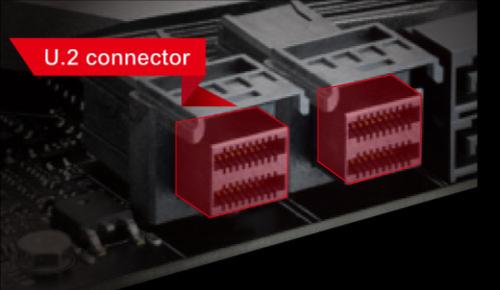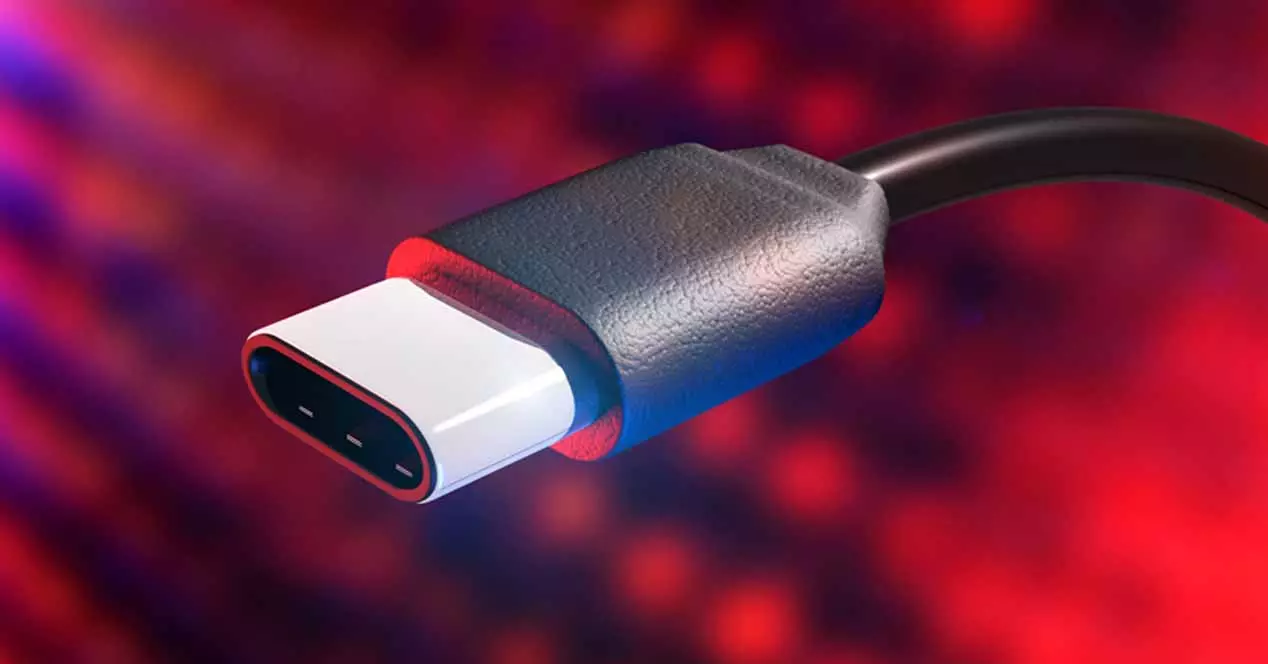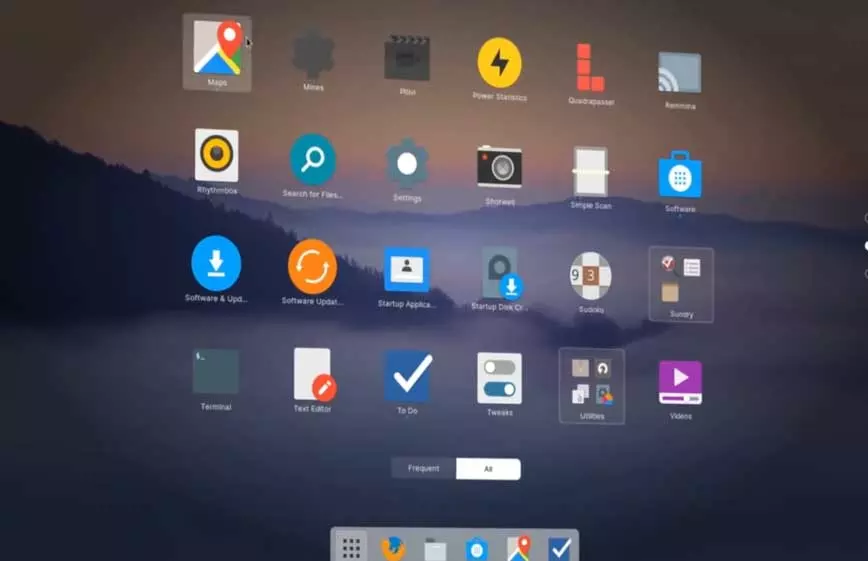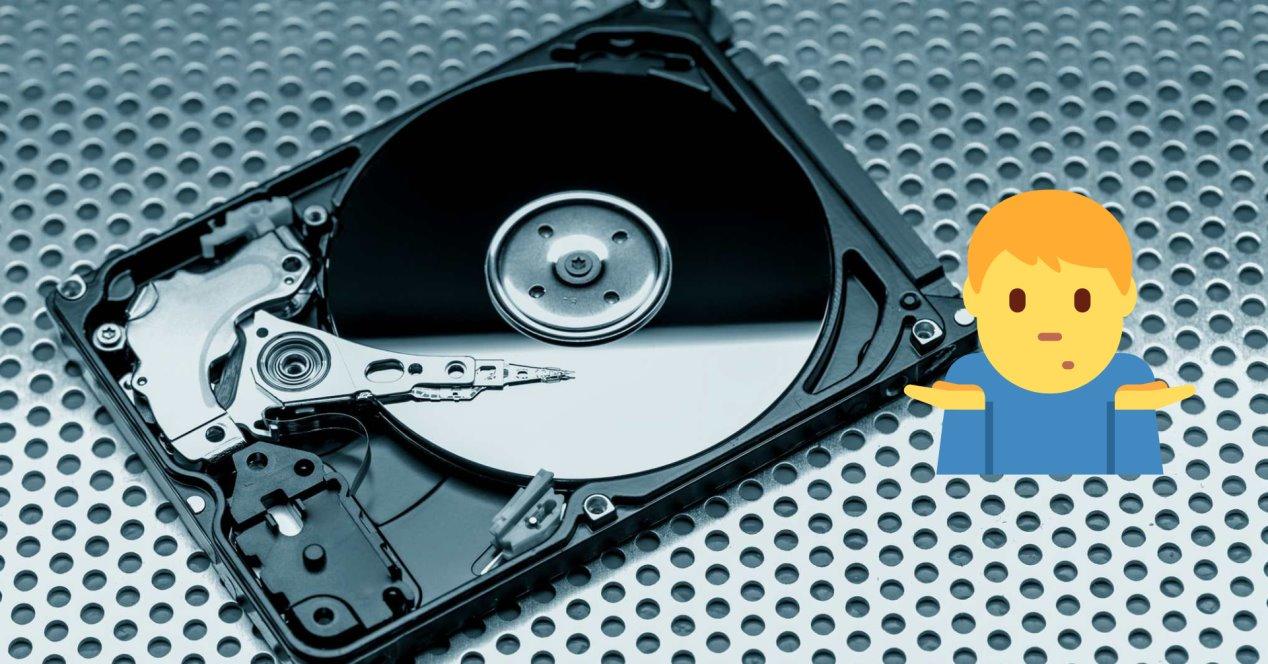
Currently, hard drives and SSDs make use of either SATA connectors or M.2 PCIe connectors. The SATA connector is outdated and technically worse than the M.2 PCIe interface, especially because of the speeds. But, Seagate has been quite surprised by presenting a hard drive using U.2 connectorwhich seemed forgotten by all.
Hard drives have been relegated to the background, due to the benefits offered by SSDs. Those who make these mechanical hard drives are trying to prevent their complete disappearance with various techniques. Not only with the capacity, they are also looking for or integrating different technologies that make them competitive.
Seagate resurrects a forgotten connector
We all know the SATA and M.2 PCIe connectorsand to a lesser extent the SAS port, which is the SATA version for professional environments. I must admit that when I think of storage connectors, I don’t think of U.2 right away. This connector has disappeared just as it appeared, without making a sound.
The maker of seagate hard drives would have developed a Exos Enterprise based on the NVMe U.2 connector. A hard drive that has been leaked on the internet and for which, at the moment, we have very limited data.
We do not know the storage capacity, but we assume that it will be greater than 16 TB of capacity. We also don’t really know the performance of these storage units. We imagine that we will talk about speeds higher than those offered by SATA, although it seems somewhat complicated.
This storage unit would be intended, not for servers, but for companies and more specifically, for NAS systems. It seems that the NAS systems in rack format are looking to leave aside the SAS and SATA interface and would be betting on the U.2 connector.
The cold storage systems (NAS systems) have long storage cycles with low read/write processes. We must take into account that these systems are not used uninterruptedly, moreover, the normal use is for backup copies. More capacity is required here than performance, and if performance is required, we can create RAID 100, 60, or whatever configurations are convenient.
Its disappearance in the general market in favor of the SATA interface is curious. Above all, because the U.2 connector makes use of four PCIe 3.0 lines. Of course, by making use of the PCIe interface for communication, the U.2 interface allows speeds of up to 4000MB/s. SATA 3 offers only 600MB/s Y SAS-4 offers up 1100MB/s.
Is the U.2 connector back?
It is very difficult for me to think about the return of the U.2 connector in a commercial way, despite its benefits. Said connector was introduced at the end of December 2011 and seemed dead and buried. Currently, it is almost impossible (for not being completely definitive) to see it on commercial motherboards.
With the data in hand, it seems strange that this connector is missing from the market. But even more strange is that now Seagate is committed to this connector, which was already forgotten. It is true that SAS allows many hard drives to be connected to the same controller and other scalability features, but what does SATA offer?
It is not the first time that a connector appears and ends up forgotten, despite being very promising. We only have to remember the FireWire interface, which came to replace the USB port, but since nobody supported it, it ended up being obsolete. Also to say that nobody bothered to improve said data transfer connector.
